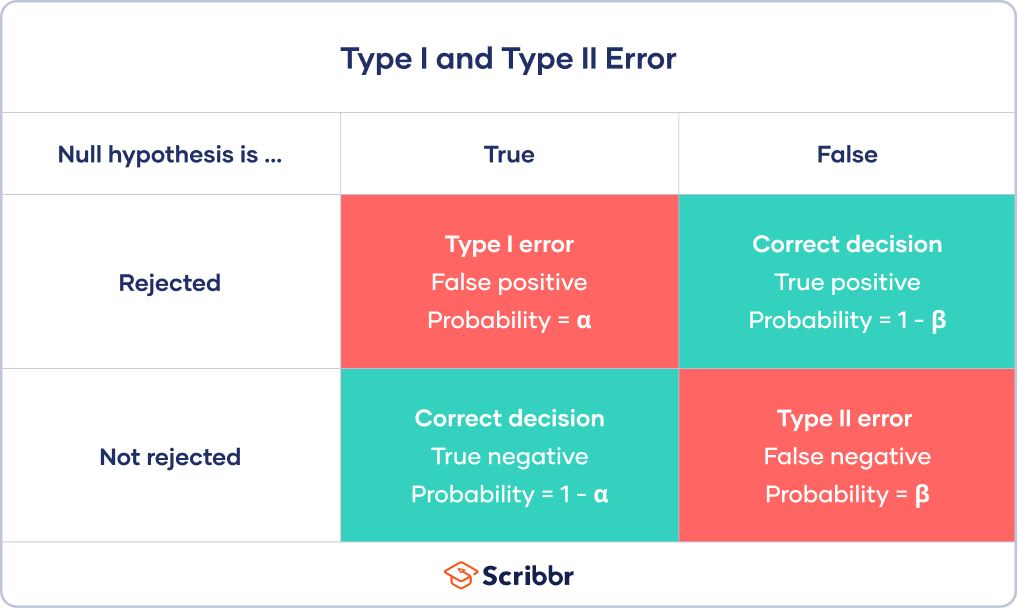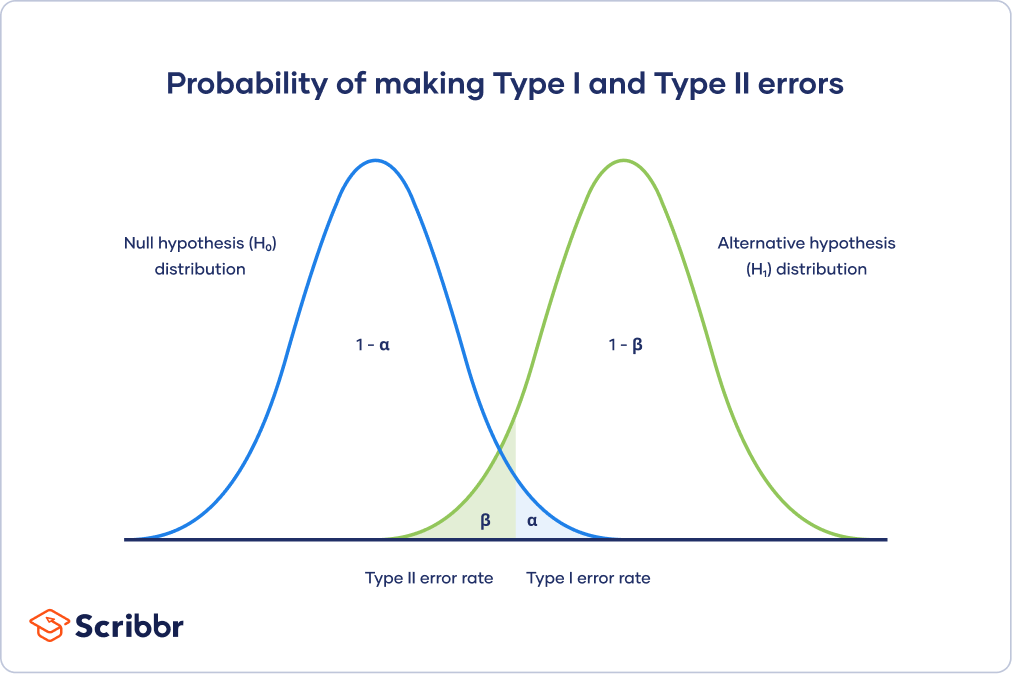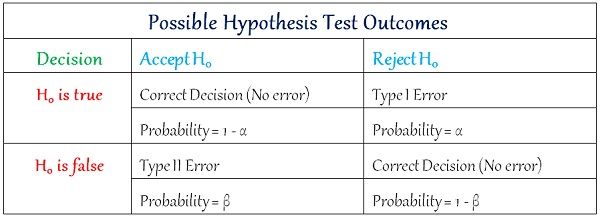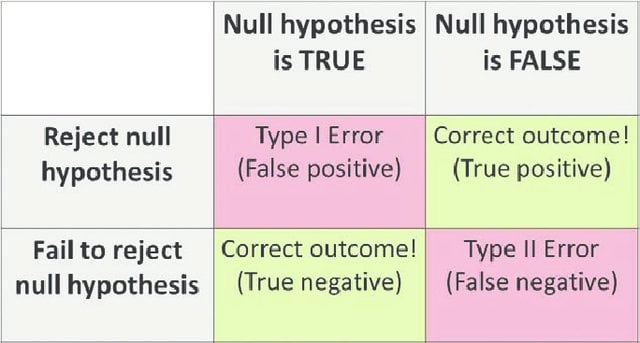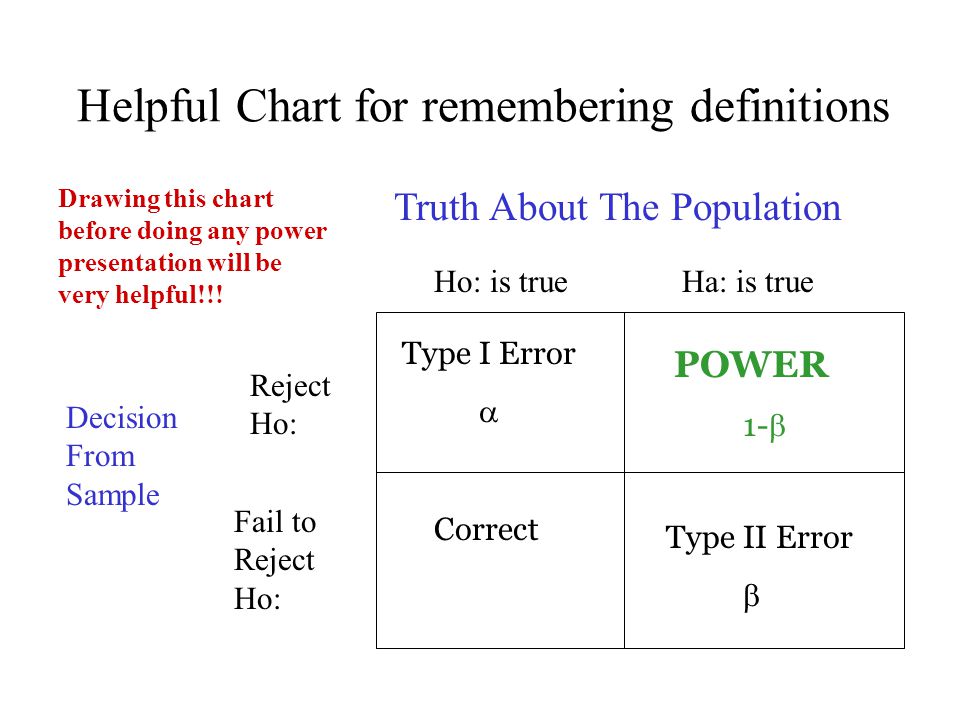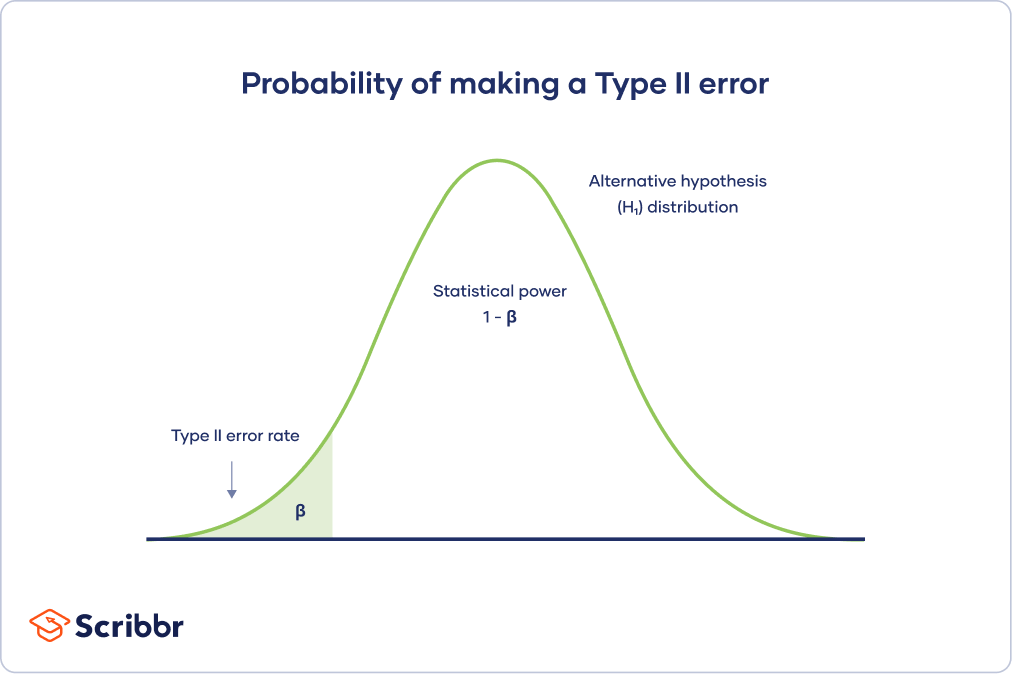Type 1 And 2 Error Chart
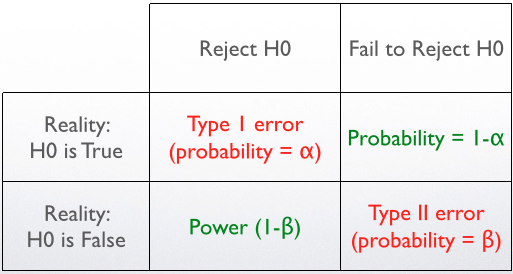
What are Type I and Type II Errors.
Type 1 and 2 error chart. A Type I error is often represented by the Greek letter alpha α and a Type II error by the Greek letter beta β. Or the notion that a particular drug has cured a disease when in reality the drug has had no effect on the patient. The power of the test can be P R H is truea.
It is a miss. A Type I error occurs when we believe a falsehood. The consequence is financial loss.
Type I error tends to assert something that is not really present ie. A type I error may be compared with a so called false positive. 3 rows Type I and Type II errors are subjected to the result of the null hypothesis.
Type II error in a test with rejection region R is 1 is true P R H a. In statistical hypothesis testing a type I error is the mistaken rejection of an actually true null hypothesis while a type II error is the mistaken acceptance of an actually false null hypothesis. These two errors are called Type I and Type II respectively.
The control chart uses two limits UCL and LCL. Type II error occurs if Drug B is truly more effective but we fail to reject the null hypothesis and conclude there is no significant evidence that the two drugs vary in effectiveness. Table 1 presents the four possible outcomes of any hypothesis test based on 1 whether the null hypothesis was accepted or rejected and 2 whether the null hypothesis was true in reality.


